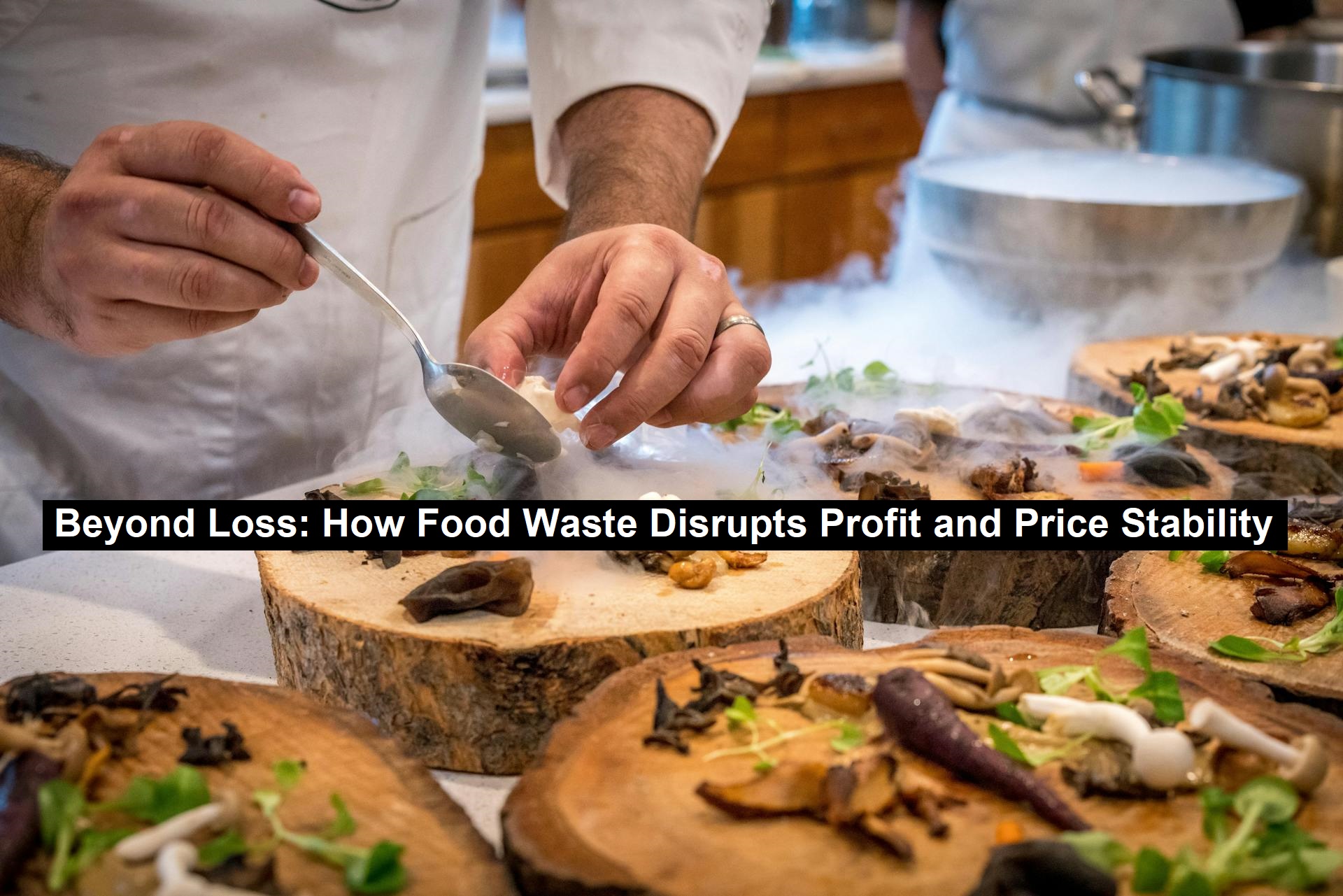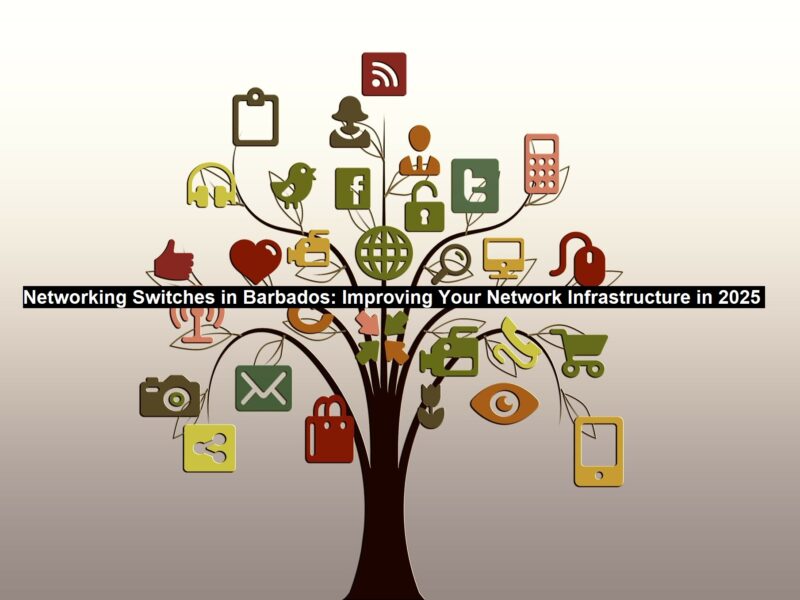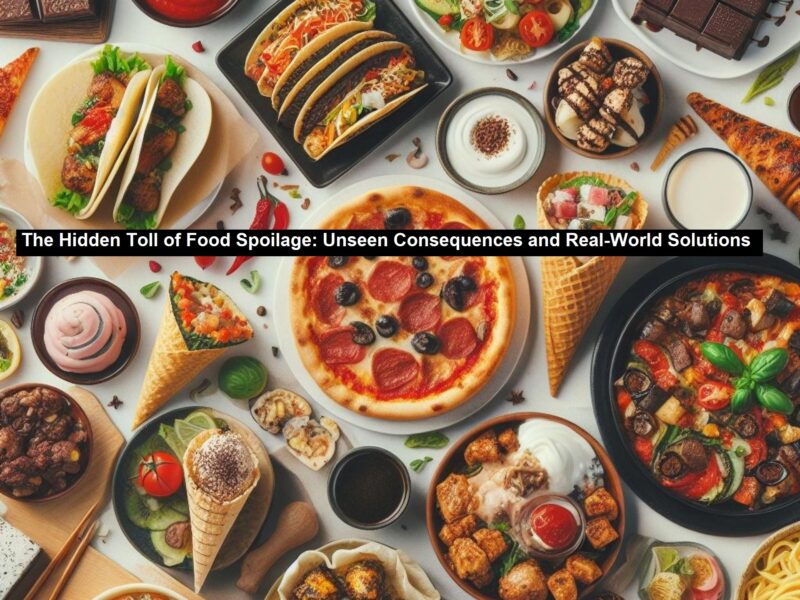The true cost of food waste extends far beyond unsold products or discarded ingredients. It signals a deeper vulnerability within the food supply chain — one that affects profitability, pricing, and operational stability. While environmental advocates have long emphasized the sustainability aspect of food waste, businesses must also recognize its serious financial implications.
Perishable goods are inherently time-sensitive, and their management requires precision. Missteps in demand forecasting, transportation delays, or shifts in consumer habits can quickly turn profitable inventory into an expensive liability. Each unit of wasted food carries not just the cost of the product itself, but also the embedded costs of production, labor, energy, and transportation.
Read: Identifying and Eliminating Bottlenecks in B2B Sales
Inefficiencies such as overproduction, poor inventory turnover, or lack of coordination across the supply chain only magnify the problem. These issues frequently lead to overstocked shelves, warehouse congestion, and increased spoilage — all of which chip away at profitability.
Beyond the direct losses, food waste contributes to unpredictable price swings. When waste levels rise, supply becomes more constrained than anticipated, driving up the cost of raw ingredients. This cost volatility affects all stakeholders — from processors to end consumers. In livestock and meat processing industries, where margins are especially sensitive, businesses often rely on tools like swine hedging to protect against dramatic price changes triggered by supply inconsistencies caused by waste.
Additionally, waste drives up operating expenses. Managing excess inventory requires more labor hours, increased refrigeration costs, and higher disposal fees. These added costs reduce the agility of businesses, limiting their ability to respond to new opportunities or market shifts.
To mitigate these financial risks, companies must approach food waste as a strategic priority. Solutions include implementing AI-driven forecasting models, refining procurement practices, and investing in staff training for better handling practices. Financial strategies such as hedging commodity prices can further insulate businesses from volatility.
Food waste is not an inevitable cost of doing business — it is a manageable risk. Addressing it proactively can unlock new levels of financial performance and long-term operational resilience.
Food-Waste-Disrupts-Profit


